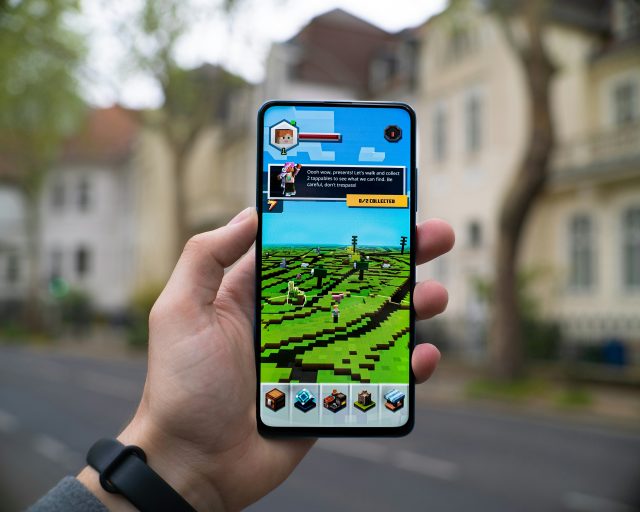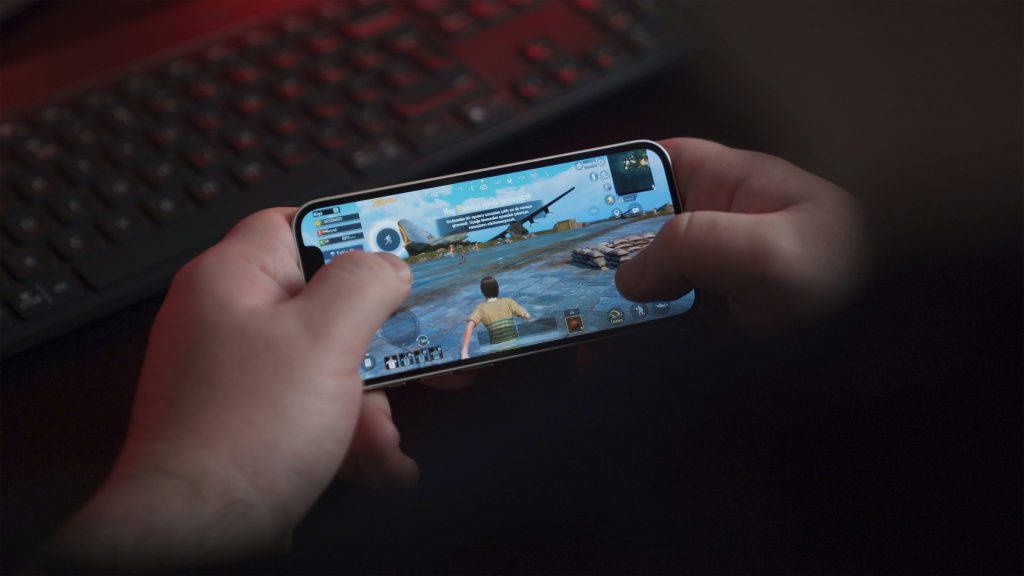
Just a couple of generations ago, the thought of being able to play full-sized video games on a mobile device was fanciful. The gulf between the sorts of titles that we could enjoy on a console or computer and those that ran on a cell phone or even a portable console was vast.
In 1998, when Snake was released with the Nokia 6110, console and PC gamers were enjoying Half-Life, Crash Bandicoot: Warped, Fallout 2, Spyro the Dragon, and Resident Evil 2. The black-and-white pixel-eating reptile couldn’t come close to matching the graphics or gameplay of these titles.
Today, however, things are very different. Through video game streaming services and the enhanced hardware packed into modern smartphones, it’s now possible to enjoy large, open-world content with breathtaking graphics. Of course, playing on a PS5 or gaming PC will still yield better results, but the gap between the form factors is greatly reduced.
In the time between the release of Snake and today, there was an exciting period when it was clear that smartphones were offering the future of gaming by combining convenience, portability, and quality into a single pocket-sized device. But as the medium matures, is this still the case?
The Radical App Store
In July 2008, Apple launched the App Store for the iPhone. At the time, the company’s smartphone was still a fresh and innovative product that was making waves in the cell phone market. But it was this new digital marketplace where users could augment the functionality of their devices that truly changed the game.
With 500 apps ready for download from the moment it opened, iPhone users already had access to a vast array of options. The company leaned into this heavily by running an ad campaign with the slogan “there’s an app for that” with examples of the diverse things that these new downloadable programs could do from remembering where you parked your car to planning your vacation.
Amongst these initial apps was a selection of games, most of which were incredibly novel at the time. Taking advantage of the novel touchscreen capabilities of the device, as well as its accelerometer and wide display, game developers created titles like Angry Birds, Doodle Jump, and Temple Run.
Bringing New Life to Old Games
It wasn’t just new ideas that were being brought to life by the iPhone and its App Store, retro video games like Pac-Man and even card games were being reborn in this new form.
One of the biggest successes in this area was poker. Today, leading brands like PokerStars allow their players to compete in a myriad of different game types and modes including ring games, tournaments, and freerolls from a smartphone or tablet. Doing so just requires them to download an app, register, and make a deposit and they’ll have access to practically all the same features that you’d find in the desktop software.
Many of these refreshed and reborn games also added new features like the ability to play with friends over the internet, something that wasn’t easily possible before.

Saturation and Plateau?
But after radically reshaping the realm of gaming, innovation in the smartphone gaming space appears to be running out of steam.
Take a look at the App Store’s game charts today and you’ll see some very familiar names – Candy Crush Saga, Roblox, Call of Duty: Mobile, Minecraft, and MONOPOLY. These games have been hanging around at the top of these charts for years and have also spawned many copycats that have attempted to cash in on their success.
This is despite the fact that there are almost half a million games in the App Store, accounting for around a quarter of its entire catalog.
Interest in smartphones in general is also beginning to wane. After growing rapidly between 2008 and 2015, the number of new handsets being sold peaked in 2016 and has slowly been in decline ever since.
This is likely down to the fact that innovation is now much slower, new phones cost significantly more, and the quality of contemporary hardware is significantly higher.
Not a Declining Format
This does not mean smartphone gaming is going anywhere anytime soon. Instead, it just shows that the format is beginning to mature, reaching a level of development that cannot be easily exceeded.
Millions of people will continue to play video games on their smartphones for years and even decades to come. It’s just that it’s no longer the shiny new concept that it once was and the format is finding its place in the overall gaming ecosystem.





